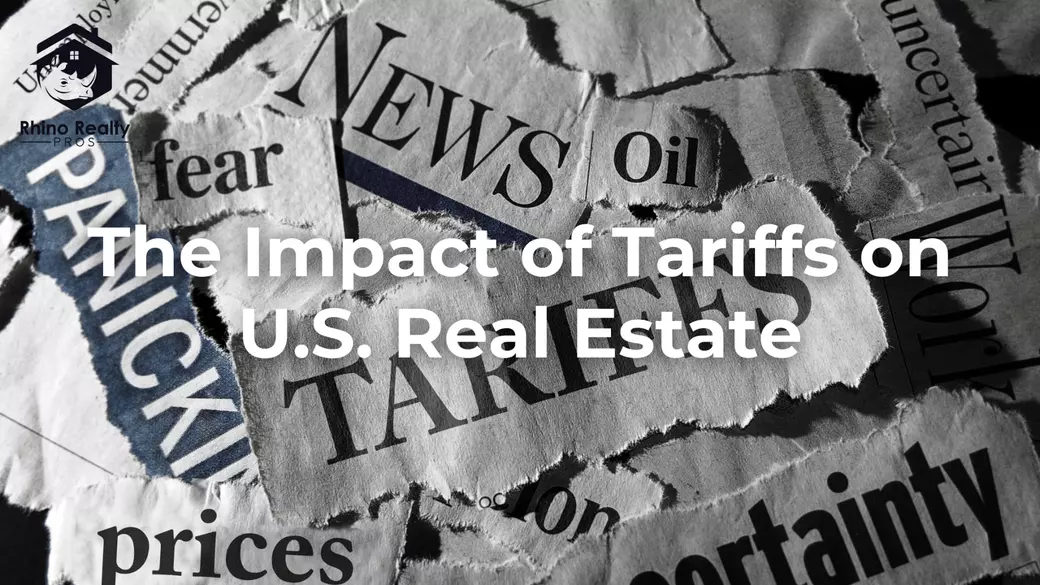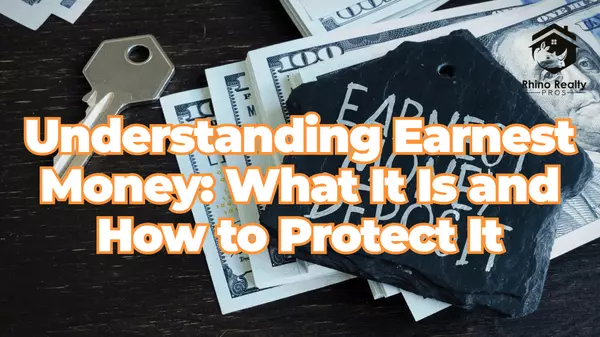The Impact of Tariffs on U.S. Real Estate

Tariffs, which are taxes imposed on imported goods, play a crucial role in international trade and economic policy. While they are often used to protect domestic industries, tariffs can have unintended consequences on various sectors, including real estate. From rising construction costs to shifts in investment trends, tariffs can significantly impact housing affordability, commercial development, and overall market dynamics in the U.S. real estate industry.
Rising Construction Costs
One of the most direct effects of tariffs on real estate is the increase in construction costs. The U.S. has imposed tariffs on key building materials, including steel, aluminum, and lumber, which are essential for residential and commercial development.
- Steel and Aluminum Tariffs: In 2018, the U.S. government imposed a 25% tariff on imported steel and a 10% tariff on imported aluminum (U.S. Department of Commerce, 2018). These tariffs raised the cost of construction materials, making it more expensive to build new homes, office buildings, and infrastructure projects.
- Lumber Tariffs: The U.S. has long had tariffs on Canadian lumber, with rates fluctuating over time. In 2022, the U.S. Department of Commerce reduced tariffs on Canadian softwood lumber from 17.99% to 8.59%, but even at lower rates, these tariffs have contributed to higher homebuilding costs (National Association of Home Builders, 2022).
Higher material costs can lead to increased home prices and rental rates, affecting affordability for buyers and tenants.
Supply Chain Disruptions
Tariffs also contribute to supply chain disruptions, affecting the availability of essential building materials and home fixtures.
- Delays in Construction: Tariffs on imports from countries like China, Mexico, and Canada can cause delays in the delivery of materials, impacting construction timelines (U.S. Chamber of Commerce, 2023).
- Higher Appliance and Fixture Costs: Many home appliances, lighting fixtures, and HVAC systems rely on imported components. Tariffs on these products can increase costs, further burdening homebuilders and property developers.
Higher Home Prices and Reduced Housing Supply
As construction costs rise due to tariffs, developers may scale back new housing projects, leading to a reduced housing supply. This issue is particularly concerning in markets already facing housing shortages, such as California, Texas, and Florida.
- Impact on Affordability: According to the National Association of Home Builders (2023), higher construction costs resulting from tariffs can add thousands of dollars to the price of a new home.
- Limited Inventory: Fewer new homes being built can exacerbate existing housing shortages, driving up home prices and making it harder for first-time buyers to enter the market.
Effects on Commercial Real Estate
Tariffs also have significant implications for commercial real estate, including office buildings, retail spaces, and industrial properties.
- Higher Development Costs: Rising material costs make it more expensive to develop new commercial properties or renovate existing ones, potentially slowing down new projects (Real Estate Roundtable, 2023).
- Shifts in Industrial Demand: Tariffs on imported goods may influence supply chain strategies for businesses, affecting demand for warehouse and distribution centers. Companies may seek to relocate or restructure operations in response to trade policies.
Impact on Mortgage Rates and Investment Trends
Tariffs can also contribute to broader economic shifts, influencing mortgage rates and investment patterns.
- Inflation and Interest Rates: If tariffs lead to higher prices for goods and services, inflation may rise, prompting the Federal Reserve to increase interest rates. Higher mortgage rates can reduce affordability for homebuyers and slow real estate transactions (Federal Reserve, 2023).
- Foreign Investment: Tariff disputes can influence foreign direct investment in U.S. real estate. Investors from countries affected by tariffs may shift their capital elsewhere, impacting high-demand markets like New York, Miami, and Los Angeles.
Regional Differences
The impact of tariffs on real estate varies by region. Areas with high levels of new construction, such as the Sun Belt states (Texas, Florida, Arizona, and the Carolinas), are more susceptible to rising costs. Coastal cities reliant on international trade may experience fluctuations in commercial real estate demand based on tariff policies.
Conclusion
While tariffs serve as a tool for economic policy, they have significant repercussions on the U.S. real estate market. Rising construction costs, supply chain disruptions, and shifting investment trends all contribute to changes in housing affordability, commercial development, and overall market stability. As trade policies evolve, real estate professionals, investors, and policymakers must closely monitor tariff impacts to navigate potential challenges in the industry.
References
- Federal Reserve. (2023). Interest Rate Decisions and Economic Impact.
- National Association of Home Builders. (2022). Tariffs and Their Impact on Home Prices.
- Real Estate Roundtable. (2023). Economic Trends in Commercial Real Estate.
- U.S. Chamber of Commerce. (2023). Trade Policy and Business Implications.
- U.S. Department of Commerce. (2018). Steel and Aluminum Tariffs: Policy and Effects.
Categories
Recent Posts











